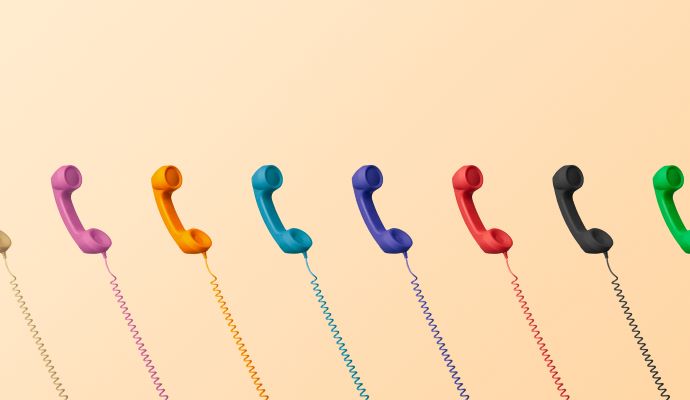Medication Error Rates Similar Between Phone, Video Telehealth Consults
In the ED, physician-related medication error rates were similar after video telehealth and telephone consultations, a new study shows.

Source: Getty Images
- There were no significant differences in physician-related medication errors between consultations for critically ill children conducted via telephone or video-based telehealth, according to new research published in JAMA Network Open.
Errors in medication prescribing can result in severe adverse events, though many are preventable. According to the Joint Commission, the risk of this harm is higher among pediatric populations than adult populations due to various factors, including the need for weight-based dosing calculations.
The new study in JAMA Network Open further states that children are three to four times more likely than adults to experience a medication error during an emergency department (ED) visit.
Thus, researchers from the University of California, Davis Health, set out to determine whether video-based telehealth consultations can help reduce ED physician-related medication errors compared to standard-of-care telephone consultations.
They conducted the study at 15 community EDs in northern California between September 2014 and March 2018. The researchers used a crossover study design, assigning EDs to one of 4 period sequences. Each sequence included three periods where the EDs used video-based telehealth consultations and one period where they used telephone consultations.
The researchers defined physician-related ED medication errors as those involving a wrong dose, including doses between 10 percent and 25 percent of the appropriate dose, an inaccurate or inappropriate medication for the patient’s condition, a wrong route of administration, a wrong dosage form, or errors regarding patient information, such as a known allergy. Pharmacists reviewed medical records to document physician-related medication errors.
Overall, the research team included data on 694 patient encounters in the analysis, with 535 patient encounters involving video-based telehealth consultations and 159 patient encounters involving telephone consultations. Patients in the telehealth cohort were prescribed a mean of 3.6 medications, while those in the telephone cohort received a mean of 3.2 medications.
The study shows that most patient encounters (87.5 percent) did not result in a physician-related medication error. In total, 9.7 percent of patients experienced one medication error, and 2.8 percent experienced two or more medication errors. The most common errors were wrong dose and wrong indication.
Among patients in the video-based telehealth cohort, 12.5 percent experienced at least one medication error, while 12.6 percent of those in the telephone cohort experienced the same.
Of the 2,414 medication orders placed, errors occurred in 26 of the 513 orders (5.1 percent) in the telephone cohort and 98 of 1,901 orders (5.2 percent) in the telehealth group.
“Although other research has suggested that video telemedicine consultations are helpful among this population with respect to practitioner and caregiver experience, triage decisions, and appropriateness of transfer, these consultations did not impact physician-related medication errors,” the researchers concluded.
They also stated that further research is needed to identify the aspects of pediatric acute care consultations that can be improved with video telehealth.
For instance, a study published in February 2023 revealed that video telehealth helped limit pediatric hospital transfers more effectively than telephone-based consultations.
The study included children 14 and younger with acute illnesses who sought care at one of 15 rural and community EDs in northern California between November. 18, 2015, and March 26, 2018. Researchers assigned all EDs to participate in either video telehealth or telephone-based consultations with pediatric critical care physicians for interfacility transfers.
Of the 696 children in the study, 36 percent were involved in video telehealth consultations and 64 percent in telephone consultations.
Overall, 84 percent of patients receiving the video telehealth consultation were transferred to a children’s hospital versus 90.6 percent of those assigned to telephone consultations. Further, the adjusted risk of transfer was lower in the telehealth group compared to the telephone group in the treatment-received analysis and the per-protocol analysis.
